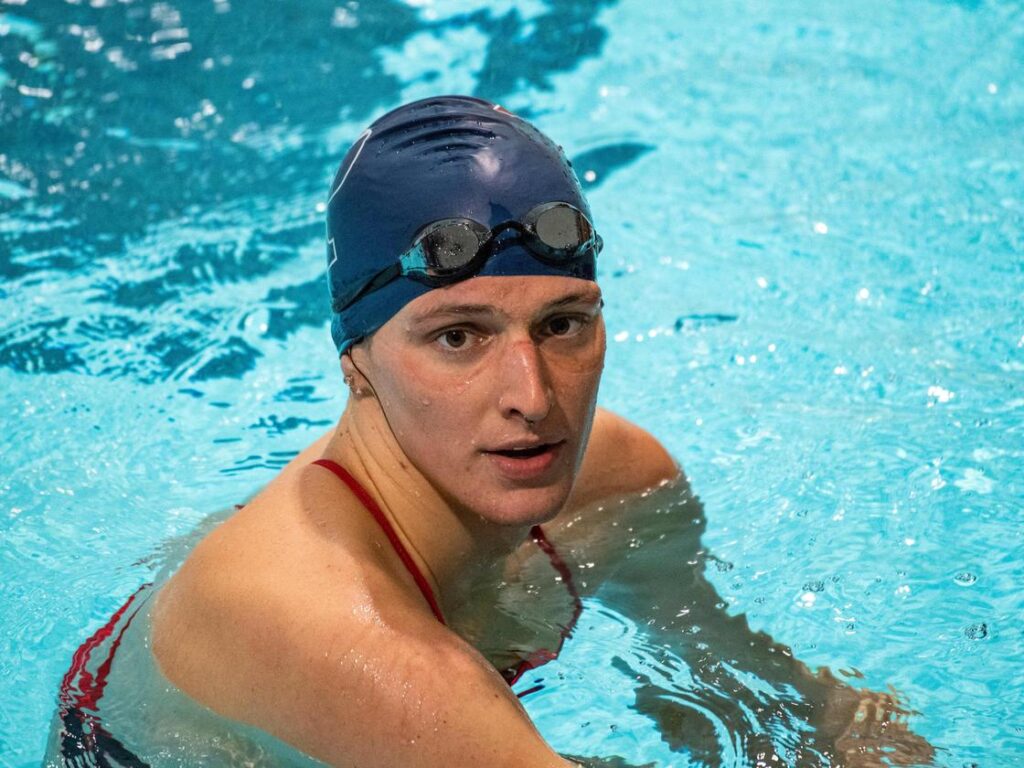
Introduction
Lia Thomas has become a pivotal figure in the ongoing conversation surrounding gender identity in sports. As a transgender woman competing in NCAA Division I swimming events, her achievements have sparked both support and debate, highlighting the complexities of inclusivity and fairness in athletics. The significance of Thomas’s journey is underscored by its broader implications for transgender rights and representation in competitive sports.
Background and Achievements
Born in 1999, Lia Thomas began her collegiate swimming career at the University of Pennsylvania before transitioning publicly in 2019. After undergoing hormone therapy, Thomas returned to competition in the women’s category during the 2021-2022 season, immediately attracting significant attention. In March 2022, she won the NCAA championship in the 500-yard freestyle, making headlines not just for her performance, but for the discussions that followed.
Her participation has raised critical questions about NCAA regulations and the fairness of including transgender athletes in women’s sports. Supporters argue that Thomas represents the progress in recognizing and accommodating diverse gender identities, while opponents cite concerns about the advantages that biological males may have over their female counterparts.
Reactions and Implications
The reactions to Lia Thomas’s success have been polarized. Prominent figures in sports, including athletes, coaches, and commentators, have weighed in on both sides of the debate. Some have lauded Thomas as a pioneer, helping to pave the way for future generations of transgender athletes. Conversely, others, including some female athletes, have expressed frustration over the competitive landscape, feeling that their hard-earned opportunities are being compromised.
In response to growing controversies, the NCAA announced in January 2022 that it would implement new guidelines for transgender athletes, including a requirement for athletes to complete a full season of hormone treatment before competing in the women’s category. This decision reflects the organization’s effort to balance inclusion with fairness.
Conclusion
Lia Thomas’s story encapsulates the ongoing struggles and triumphs associated with gender identity in sports. As discussions continue regarding policies, inclusion, and competitive equity, her journey will likely serve as a catalyst for continued dialogue. The implications of these debates extend beyond swimming, influencing broader societal views on gender identity. As more athletes like Thomas come forward, the sports community will have to navigate the complex intersection of fairness, inclusion, and rights of all athletes, potentially reshaping the future of competition.

